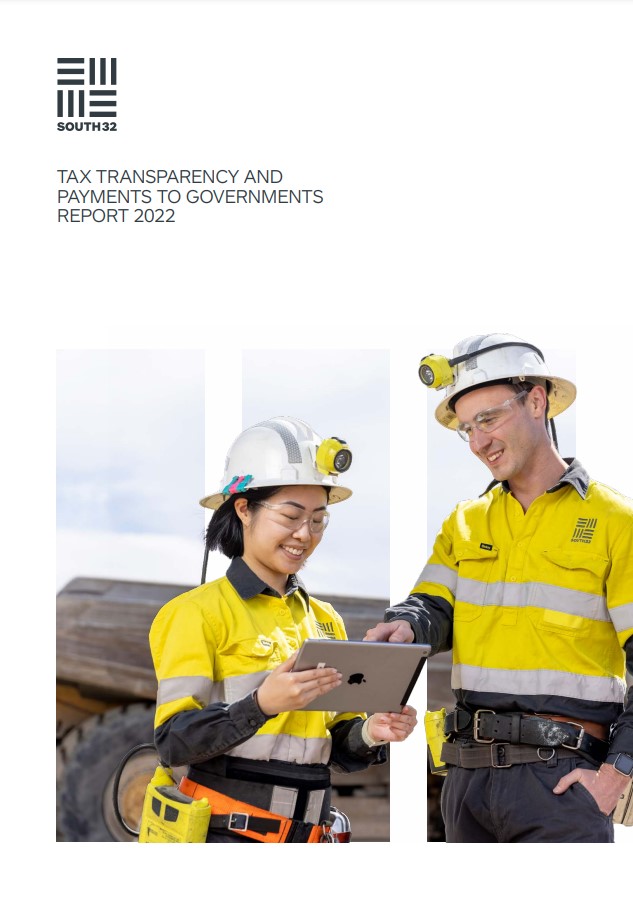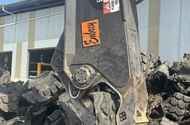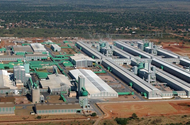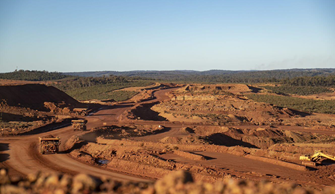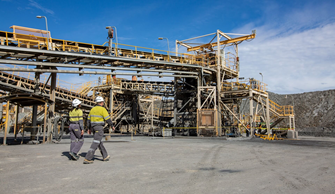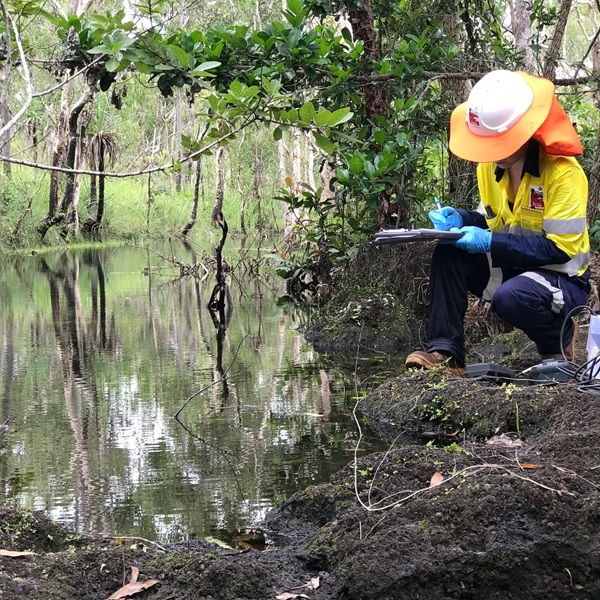
We recognise that poorly managed waste can affect water quality and ecosystems, and pose health and safety risks.
Most of the waste we generate comes from tailings and processing activities. Additional waste streams include waste rock, process water and other by-products that may contain hazardous substances or exhibit dangerous physical properties.
